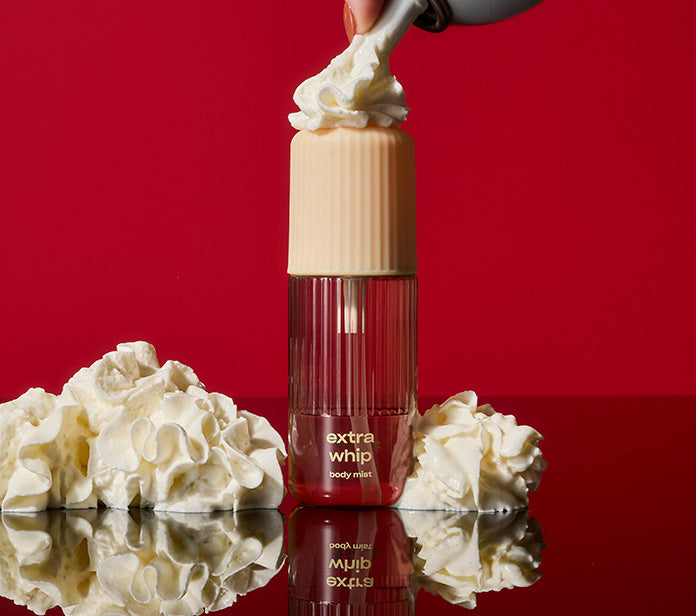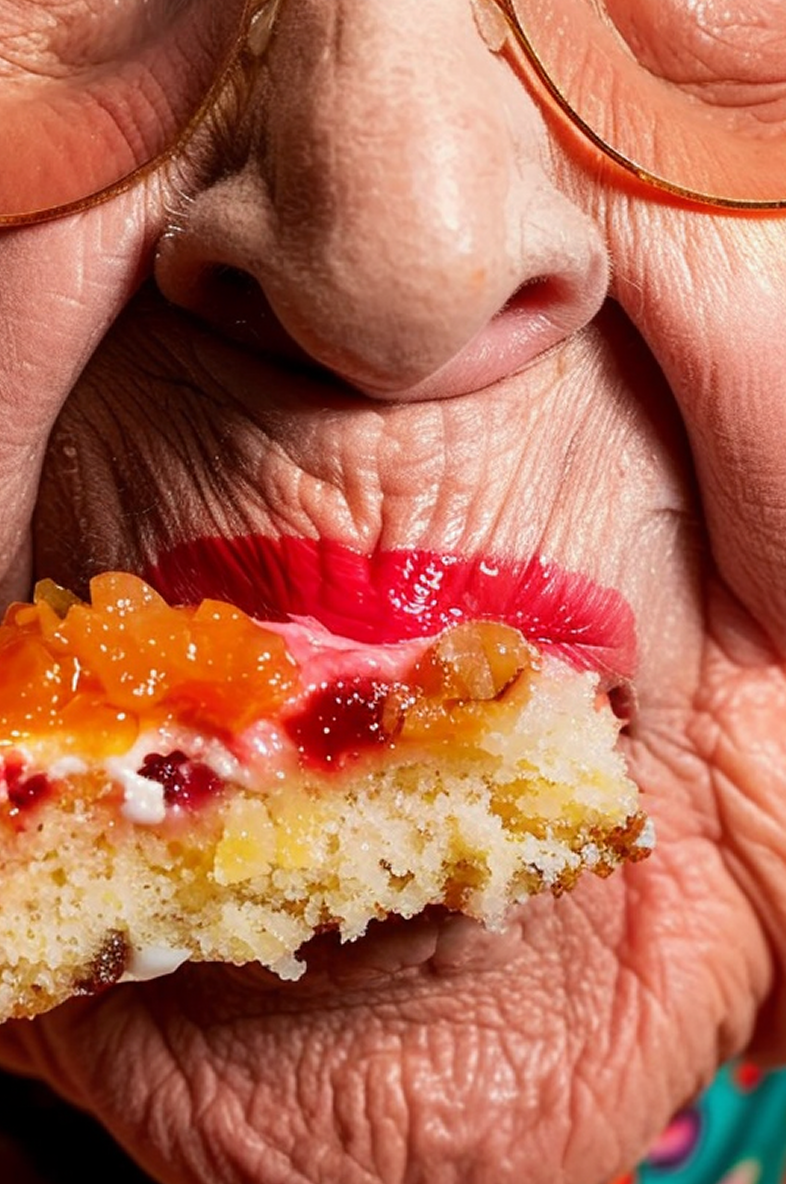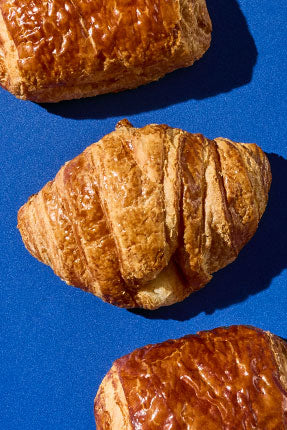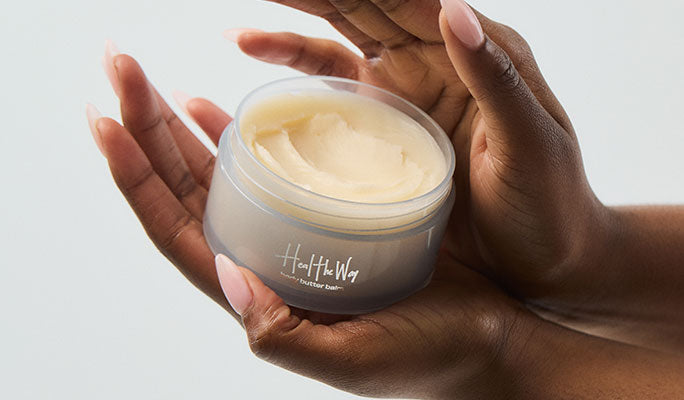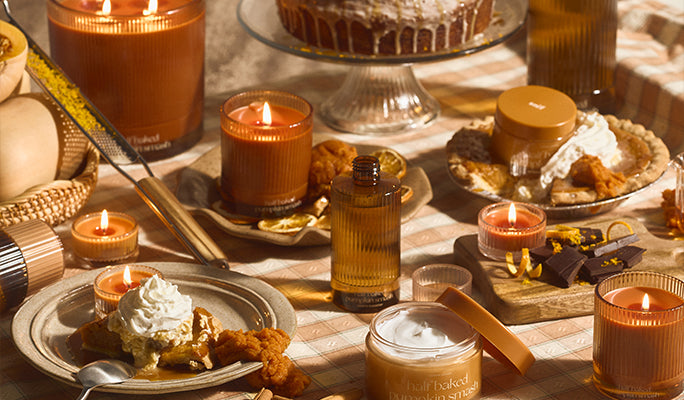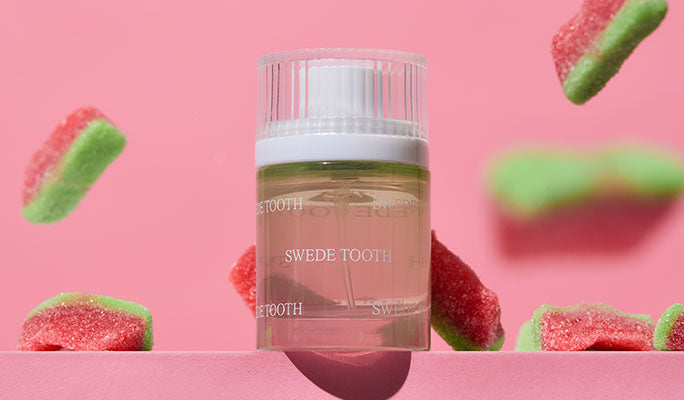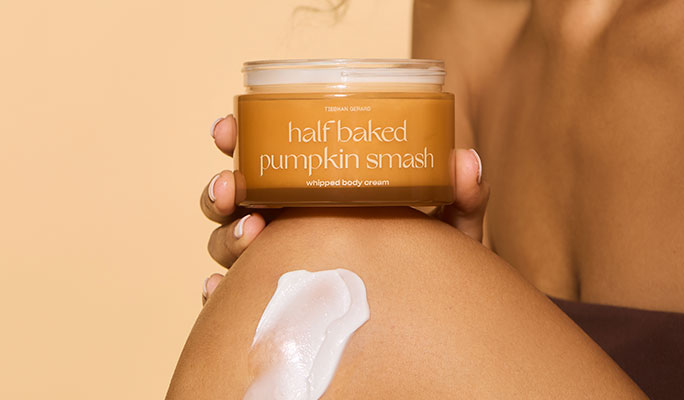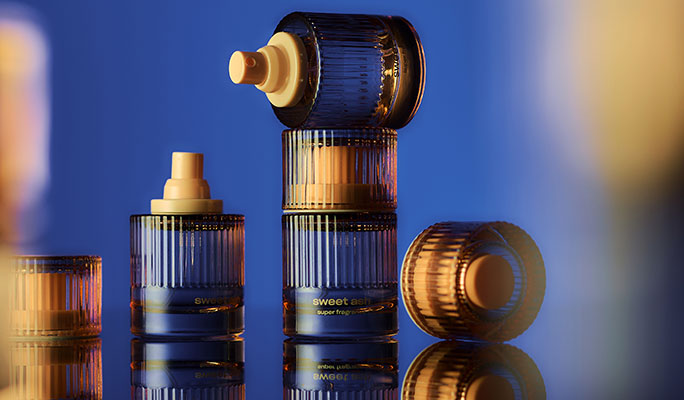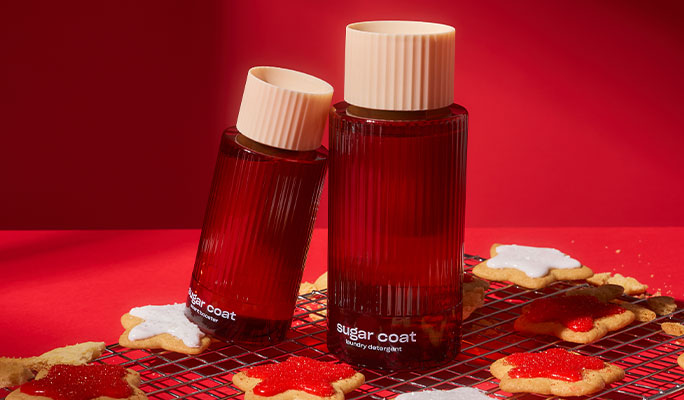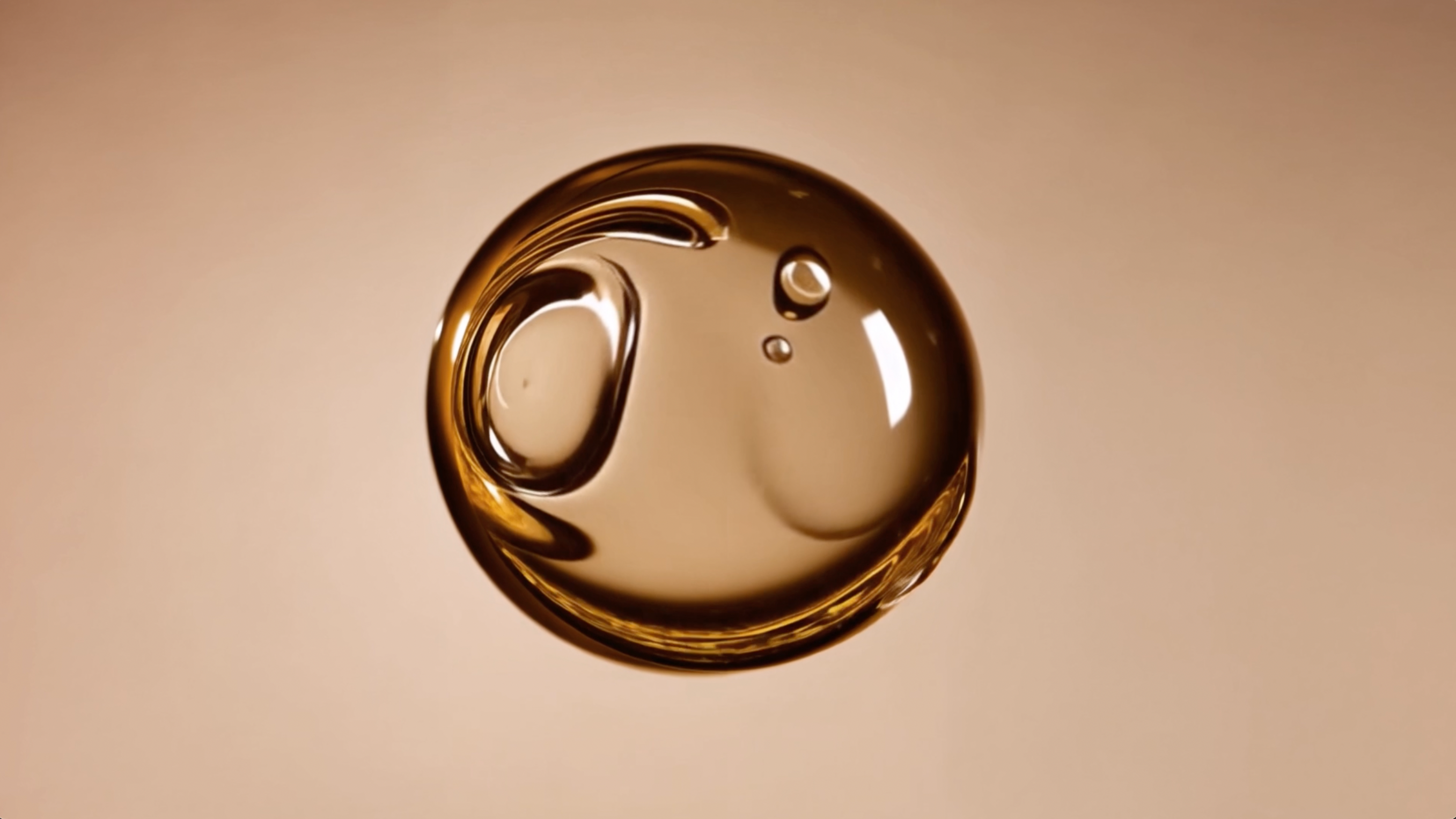A signature scent is a go-to fragrance that you love and is an expression of your personal style. If that concept sounds exciting, but you’re not sure how to find one, we’ve got you covered.
This guide breaks down the process of finding your signature scent into seven easy-to-follow steps that make use of the test-at-home method.
Thanks to our try-before-you-buy model at Snif, you can actually wear our fragrances before committing to purchasing them. This makes finding your signature scent feel a lot less like guesswork and more like intentional experimentation.
By taking into account your skin chemistry, lifestyle, and the fragrance concentration you’re looking for, you’ll be able to find the winner that will become your next (or first) signature scent.
How To Choose a Signature Scent in 7 Steps
This section will take a look at how to choose a signature scent. With these seven simple steps, you’ll discover your personal preferences in the fragrance world and find the scent that feels like you.
1. Identify Your Fragrance Family
Before looking at specific scents, you’ll want to identify what fragrance family you’re drawn to because it’s one of the best ways to narrow down your search.
The term fragrance families refers to a system used to categorize different scents, and there are four top scent families: gourmand, floral, woody, and fresh.
If you’re the kind of person who could stay in a bakery for hours just for the smells or look forward to the holiday season knowing what aromas await you, then you might want to try gourmand fragrances. These scents are based on the edible ingredients we all know and love.
The floral fragrance family is home to some of the most traditional fragrance ingredients like rose, jasmine, and orange blossom, but can also contain juicy, fruity notes. Anyone who feels at home in the garden should check out the floral fragrance family.
Woody scents are ideal for you if you’re drawn to smells like cedarwood, sandalwood, pine, or patchouli. These are often grounded fragrances that are warm and earthy.
If you love lemon, neroli, and bergamot, start in the fresh fragrance family. Along with citrus smells, this family encompasses bright, green scents that will leave you feeling invigorated and refreshed.
2. Test On Skin
Once you’ve selected a few scents that you think could be top contenders, it’s time to try them out. When you’re testing out a new fragrance, spray it on your wrist or inner elbow.
If you spritz the fragrance onto your wrist, make sure not to rub it in, as this can break down the delicate perfume molecules that make it so special. You’ll want to wear each scent you try for at least four to six hours so that you can experience the full range of the top, middle, and base notes.
Repeat this process for all the scents in your trial, being mindful of olfactory fatigue. This can happen when your scent receptors get overwhelmed and you stop smelling the fragrance. If you feel this happening, stop wearing fragrance entirely for a few days, then start again.
3. Choose the Right Oil Concentration (EDT vs. EDP vs. Parfum)
Another factor you’ll want to keep in mind when you’re looking for your signature scent is the oil concentration of the scents you’re interested in.
Generally speaking, EDT tends to have 5-15% fragrance oil, EDP has 15-20% oil, and parfum has around 20-40% oil. This means that parfum has the strongest projection (how far the scent radiates from your skin) and longest longevity (how long the scent lasts), whereas EDT tends to be lighter and airier.
All that being said, the formula matters just as much as the oil percentage when it comes to projection and longevity. If a scent is made with high-quality fragrance oils, it will naturally last longer than one made with low-quality oils.
4. Map to Lifestyle and Season
Although the term “signature scent” makes it sound like it just has to be one fragrance, you can actually have many signature scents to meet your different lifestyle and seasonal needs. For example, you might want lighter fragrances for work and daytime wear and warmer seasons.
When you’re on your way out of the gym, you might want a fast-drying fragrance to help you feel your freshest. Dates, more formal events, and cooler weather might call for woody, ambery scents. Stay open to the possibility that your go-to scent might shift with the season and your social calendar.
5. Check Sillage and Longevity Expectations
Two terms that come up time and time again in the fragrance world and are important to understand when looking for new scents are sillage and longevity. Sillage comes from the French word for “wake” and describes the scent trail that a perfume leaves as you walk away (kind of like a smell shadow).
Longevity refers to the length of time that you can smell a perfume on your skin after you apply it. Generally speaking, parfums last anywhere from 8 to 12 hours, whereas an EDT will last for two to four hours, with EDP falling somewhere in between.
The best way to test a scent’s sillage is to ask a friend when they start to smell your fragrance as you approach them, or how long they smell the scent after you leave. You can also check in with a friend throughout the day to see if they can still smell the scent on your skin to test its longevity.
6. Try Simple Layering
Don’t forget that you can always craft your signature scent by layering a few different fragrances. If you’re just dipping your toe into the world of scent layering, keep it simple at first by just pairing two scents at a time.
Tried-and-true combinations, such as fresh citrus and soft musk, or vanilla and woods, are a great place to start. Make sure to apply each scent lightly to give them both space to shine and keep a record of what works!
7. Decide With the “Two-Wear Rule” and Mini Test Log
Last but not least, try out the “two-wear rule” once you have your top two or three contenders. Wear your top choices twice on different days. This will give you plenty of information about what you love about which scent and make it easy to compare them.
Keep a quick log that tracks the date, weather, number of sprays, compliments, and how you felt, so that you can do a clear side-by-side comparison at the end of your “experimentation” phase.
Once you’ve made up your mind, buy the winner via trial kit and get ready to rock your signature scent!
Expert Tips
- Make sure to test a new fragrance on both paper and your skin. This will give you a clear idea of what it smells like before and after interacting with your skin chemistry.
- Give your nose a break. Avoid testing more than three scents a day to avoid olfactory fatigue.
- Reset your nose every now and again. You can give it a rest with fresh air or coffee beans every once in a while. This is like a palate cleanser for your nose (trust us, your nose will appreciate it).
- Try fragrances in a variety of environments. When you’re searching for your signature scent, try out all the contenders in your typical environments like the office, home, and outdoors.
- Consider time-of-day differences. It’s important to wear (and reapply!) a fragrance all day long to see how it changes and evolves from day to night as you sweat, apply makeup, and go through your day-to-day routine.
What Is a Signature Scent?
You can basically think of a signature scent as a scent that you wear regularly — it’s your go-to and your trustee sidekick when push comes to shove. Plus, humans create strong associations with smells… which means that over time, people will start to associate your signature scent specifically with you.
A signature scent is one that’s a perfect match for your body chemistry and personality, contributing to your overall self-care. Maybe musky or floral fragrances smell best on your skin, or maybe you love a woody fragrance like cedarwood.
The goal is that when you spritz on your signature fragrance, you feel confident, ready to take on the day, and a bit more like yourself. A signature scent can uplift your vibe in the same way that a statement necklace or your favorite pair of pants can boost your mood.
A Scent That Makes a Statement
Ideally, your signature scent should be the one that makes a real statement in your fragrance wardrobe, but what, exactly, a “statement” looks like for you is what makes it so unique.
Maybe you want a sophisticated cherry fragrance like our Tart Deco, or maybe you want a more subtle and earthy scent, like our Sweet Ash.
It’s also helpful to consider how you want to feel when you wear your signature scent. If you love a calming, cozy scent, try out more woody and warm fragrances, or something with musk. If you want your signature scent to be rejuvenating and energizing, then a citrus fragrance could be the one for you!
A Scent That Fits Your Personality
Although it might seem impossible to find a scent that’s your perfect match, the best way to find a fragrance that captures your essence is to let your nose decide. Try a few different fragrances before you decide on your signature scent to even out the playing field.
Think of it this way: when you’re looking for the perfect new winter boot or sandal for sunscreen season, the only way to choose the right pair is to try a few on. The same goes for your signature scent.
Not sure where to start? Finding your signature scent has never been easier than with our free fragrance trial. Keep the scents you like, and return the ones that aren’t your vibe — for free. (More on that later.)
A Scent You Genuinely Love
Above all else, your signature scent should be one that you really, truly love. It’s your new partner in crime, and to make sure you love your signature scent on you, you need to spend some time with it.
We all have unique skin chemistry, so scents smell a bit different on everyone. Because of that, just spritzing a little fragrance into the air or onto a tester paper won’t exactly tell you how the scent will smell on you. It’s important to try a fragrance on your skin for a few days before you fully commit to it.
It’s also helpful to understand what scent families you’re drawn to, like woody, floral, amber, or fresh scents. Within these fragrance families, you’ll find scents ranging from citrusy to spicy and powdery — it’s all about what feels true to your preferences.
FAQs
How long should I test a scent on my skin?
When you’re trying a fragrance for the first time, you should test it on your skin for at least six hours. This will give you time to experience the full range of the fragrance and get a feel for all the different notes and their lasting power.
Wearing a fragrance all day will also allow you to see how your skin chemistry affects the fragrance.
Can I have more than one signature scent (summer vs. winter)?
Yes, you can absolutely have more than one signature scent. In the same way your go-to accessories or makeup look may change with the season, your signature scent will likely change as well.
What’s the difference between EDT, EDP, and parfum in real-life wear?
EDT is the least concentrated, with EDP falling in the mid-range, and parfum is the most concentrated. This means that when you want a subtle scent, you should reach for an EDT.
If you want a fragrance that will really pack a punch, then you should spritz on a parfum. For something that will last all day but isn’t as bold, go for an EDP.
How many sprays are ideal for work vs. going out?
Apply your fragrance lightly when you’re going to work (two or three sprays should be perfect) because in a professional setting, you want your scent to be noticeable and pleasing without being overwhelming.
When you’re going out, apply your fragrance more liberally, with three to five spritzes and reapplications throughout the night.
Is layering okay for a signature scent, or should it be a single fragrance?
Yes, this can be a fun way to experiment and feel like your go-to fragrance is truly unique to you. Just make sure to follow a few simple scent layering tips so that the scents you’re combining can shine and don’t just get lost in the mix.
Why does my friend’s favorite smell different on me?
Everyone has a distinct skin chemistry that affects how a fragrance smells, how long it lasts, and how the different notes are expressed. Factors that impact your skin chemistry include sweat production, natural body oils, hormonal fluctuations, diet, and other environmental factors.



